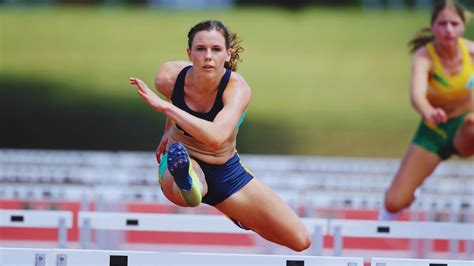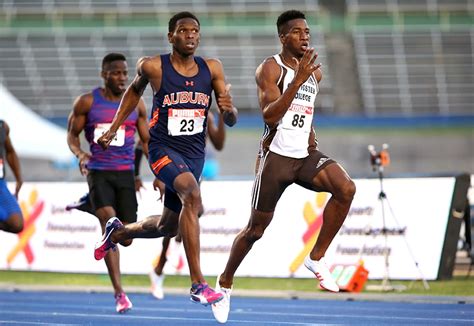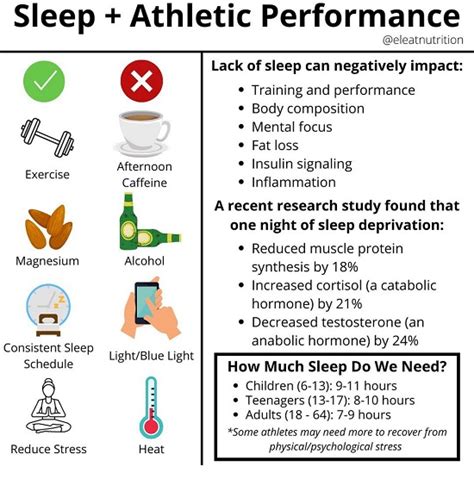What training methods best boost explosive power for peak athletic performance?

The Crucial Role of Explosive Power in Athletics
In the world of sports, raw strength alone isn’t enough; true dominance often comes from the ability to generate maximum force in minimal time – a quality known as explosive power. From a sprinter launching out of the blocks to a basketball player soaring for a dunk or a soccer player delivering a powerful shot, explosive power is the bedrock of peak athletic performance. But with so many training methodologies available, which ones truly deliver the most significant boost?
Understanding Explosive Power: Force x Velocity
Explosive power is fundamentally the product of force and velocity. It’s not just about how much you can lift, but how quickly you can move that weight or your own body mass. Effective training, therefore, must focus on developing both maximal strength and the speed at which that strength can be applied. This requires a nuanced approach, moving beyond traditional strength training to incorporate movements that train the nervous system to fire rapidly and efficiently.
Plyometrics: Harnessing the Stretch-Shortening Cycle
Plyometrics are perhaps the most direct route to developing explosive power, particularly for lower body activities involving jumping, sprinting, and changing direction. These exercises involve a rapid eccentric (muscle lengthening) phase followed immediately by a powerful concentric (muscle shortening) phase, utilizing the body’s natural stretch-shortening cycle. This mechanism allows muscles to store elastic energy during the eccentric phase and release it during the concentric phase, resulting in more powerful contractions.
- Box Jumps: Develop vertical power and reactive strength.
- Depth Jumps: Train the body to absorb and quickly re-apply force, enhancing reactive ability.
- Bounds and Hops: Improve horizontal power and stride length for sprinting.
- Medicine Ball Throws: Target upper body and core explosive power.

Olympic Lifts: The Ultimate Power Compound
The Snatch and Clean & Jerk, hallmarks of Olympic weightlifting, are arguably the most effective full-body power movements. They demand a precise blend of strength, speed, coordination, and flexibility. These lifts teach athletes to accelerate heavy loads rapidly from the floor to an overhead position, engaging almost every muscle group in a coordinated, explosive effort. They not only build raw power but also enhance rate of force development and improve neural efficiency.
- Snatch: Develops explosive pull from the floor, rapid lockout, and overhead stability.
- Clean & Jerk: Focuses on a powerful pull to the shoulders followed by an explosive drive overhead.
- Variations (Power Cleans, Power Snatches): Allow for practice of the explosive phases with less emphasis on extreme flexibility.

Strength Training for Power: Beyond Maximal Lifts
While maximal strength (e.g., a 1-rep max squat) provides the foundation, power training involves applying that strength quickly. This often means training with sub-maximal loads (typically 30-70% of 1RM) that can be moved with maximal velocity. Exercises like squat jumps with light weight, jump squats, or medicine ball throws are excellent examples. The key is intent: every repetition should be performed as fast and explosively as possible.
- Explosive Squats/Deadlifts: Focus on accelerating the bar through the concentric phase.
- Kettlebell Swings: A ballistic exercise that builds hip drive and posterior chain power.
- Loaded Jumps: Squat jumps, broad jumps with light resistance.

Integrating Speed and Agility Drills
Explosive power isn’t solely about vertical or horizontal propulsion; it also encompasses the ability to accelerate, decelerate, and change direction rapidly. Speed and agility drills directly translate to sports performance by enhancing neural pathways and muscle recruitment patterns specific to athletic movements.
- Sprints (short distances): Improve acceleration and maximal velocity.
- Resisted Sprints: (e.g., with sleds or bands) Build starting strength and acceleration power.
- Cone Drills and Ladder Drills: Enhance agility, footwork, and change-of-direction speed.

Progressive Overload and Periodization for Sustained Gains
To continually boost explosive power, training must adhere to principles of progressive overload and periodization. Gradually increasing intensity, volume, or complexity over time is crucial to prevent plateaus. Periodization, which involves cycling through different training phases (e.g., strength, power, sport-specific), helps manage fatigue, optimize adaptation, and prevent overtraining, ensuring athletes peak at the right time.
Combining Methods for Optimal Results
No single method is a magic bullet. The most effective programs combine elements of plyometrics, Olympic lifts, targeted strength training, and speed/agility work. The balance between these components will vary depending on the athlete’s sport, training history, and specific needs. A typical weekly structure might involve heavy strength work once or twice a week, 2-3 sessions of plyometrics, and regular speed and agility drills, carefully managing overall volume and intensity to allow for adequate recovery.

Conclusion
Boosting explosive power for peak athletic performance is a multifaceted endeavor that requires a strategic and integrated approach. By consistently incorporating plyometrics, mastering Olympic lifts, focusing on the rate of force development in strength training, and refining speed and agility, athletes can unlock their full potential. Dedication to these specialized training methods, combined with intelligent program design, will undoubtedly lead to a significant edge in any competitive arena.








